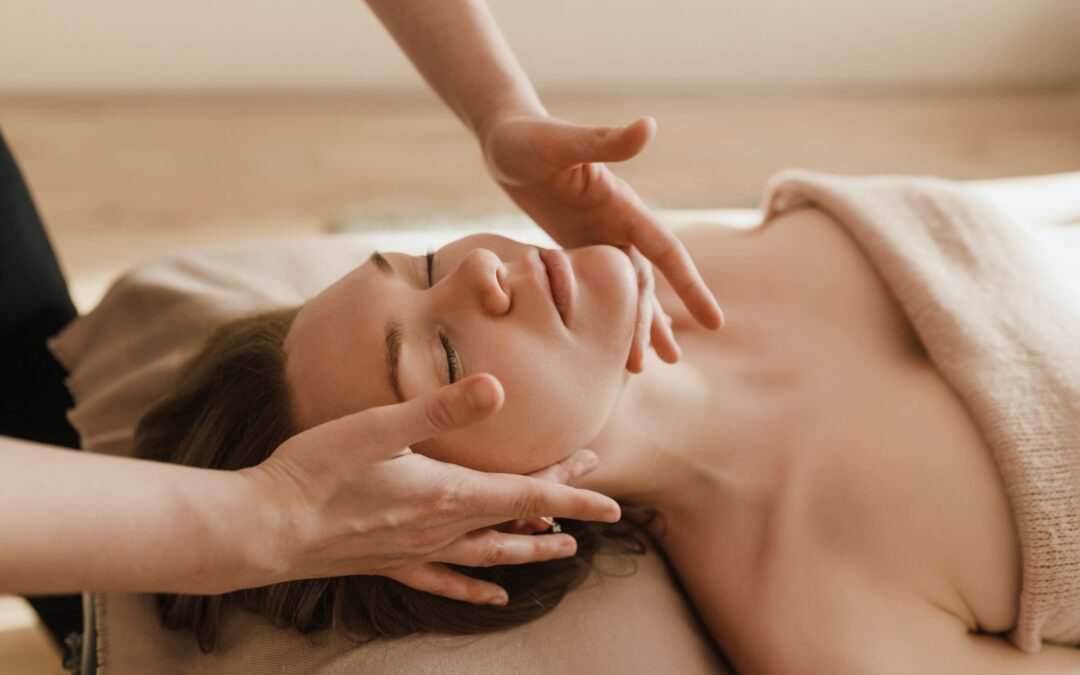In the serene world of massage therapy, where the calmness and comfort of the client are paramount, the integration of aromatherapy can transform a good massage into an exceptional, multi-sensory experience. Aromatherapy, the use of aromatic compounds to alter one’s mood, cognitive, psychological or physical state, has been practiced for thousands of years. Today, its artful application continues to find new footing in holistic care and wellness professional’s toolkit.
For massage therapists eager to elevate their practice and health enthusiasts desiring a more fulfilling experience, the synergy between massage and aromatherapy stands out as a potent method not only to enhance the overall session but to improve client outcomes significantly.
Benefits of Aromatherapy in Massage Practice
Relaxation and Stress Relief
Imagine taking a deep, satisfying breath and being immediately transported to a state of tranquility. That’s the essence of aromatherapy when fused with massage techniques. The inhalation of essential oils can swiftly calm the nervous system and, in combination with the tactile action of massage, promote deep relaxation. In a world teeming with stress, the capacity to facilitate relaxation is a golden attribute.
Enhanced Physical and Mental Well-being
Aromatherapy is more than mere pleasant smells; the bioactive compounds of essential oils offer therapeutic benefits. They can help reduce inflammation, alleviate pain, and even improve the body’s healing abilities. Mentally, the right combination of oils can aid in sleep, enhance brain function, and even help manage cognitive impairments.
Improved Client Experience and Satisfaction
Clients who walk out of a massage session with a contented sigh are often keen to return. Aromatherapy not only makes the session more enjoyable but also encourages clients to associate positive emotions with the experience, leading to higher satisfaction and retention rates.
Integration Tips for Massage Therapists
Creating a Calming Ambiance
The atmosphere in which a massage takes place is vital to the overall impact. Soft lighting, gentle music, and clean, uncluttered spaces set a relaxing tone. Aromatherapy adds depth to this with the use of scents. Calming and grounding oils such as lavender and chamomile can help create a space that feels like an oasis from the outside world.
Customizing Treatments for Individual Needs
Each client is unique, and their experiences reflect that. A one-size-fits-all approach doesn’t capture the potential benefits of aromatherapy in massage. By understanding the properties of various essential oils, massage therapists can tailor treatments to address specific client needs, whether it’s to alleviate tension, improve respiratory function, or manage pain.
Safety Precautions and Contraindications
It’s crucial for massage therapists to be knowledgeable about the safe application of essential oils, as well as the contraindications for certain oils or clients. Some essential oils can be phototoxic causing skin sensitivity when exposed to UV light, while others may not be suitable for pregnant women or those with respiratory conditions. Awareness and caution in use are imperative.
The union of massage therapy and aromatherapy is not just therapeutic; it’s artistic. With careful consideration and a learning spirit, this blending can take a massage practice to new heights, providing benefits that stretch beyond the session room. It’s a bridge that connects the ancient with the modern, reminding us that some practices persist because they work.


Recent Comments